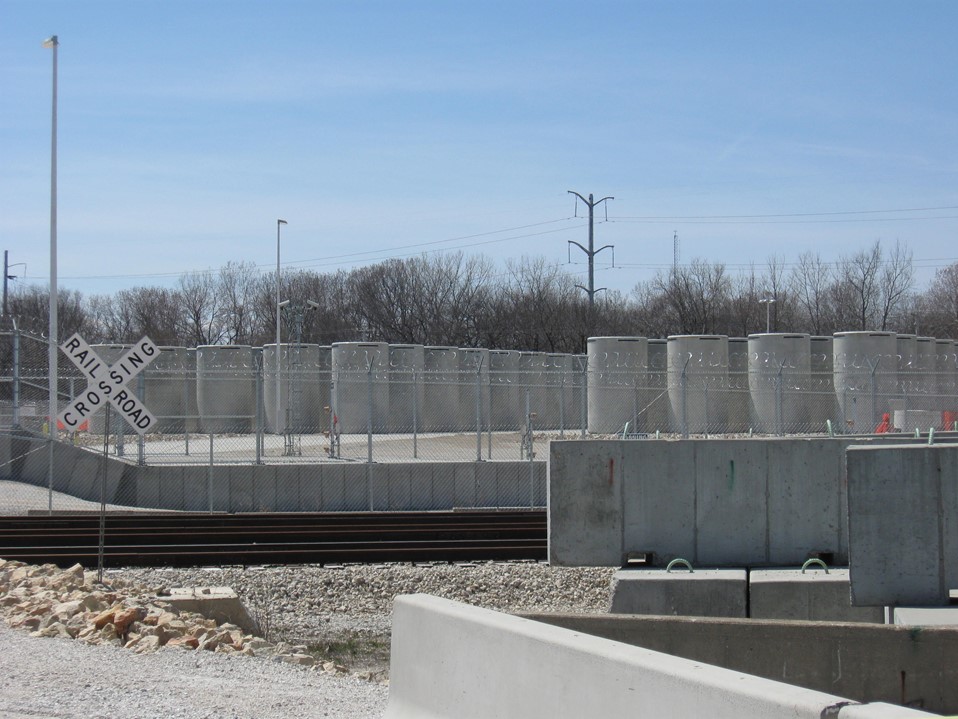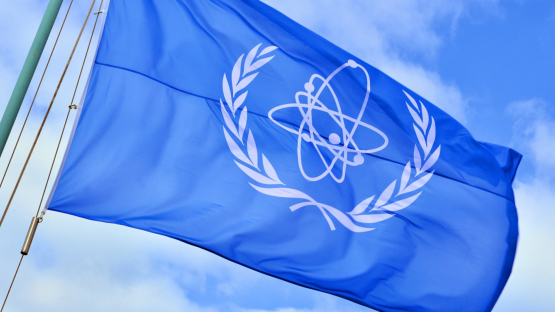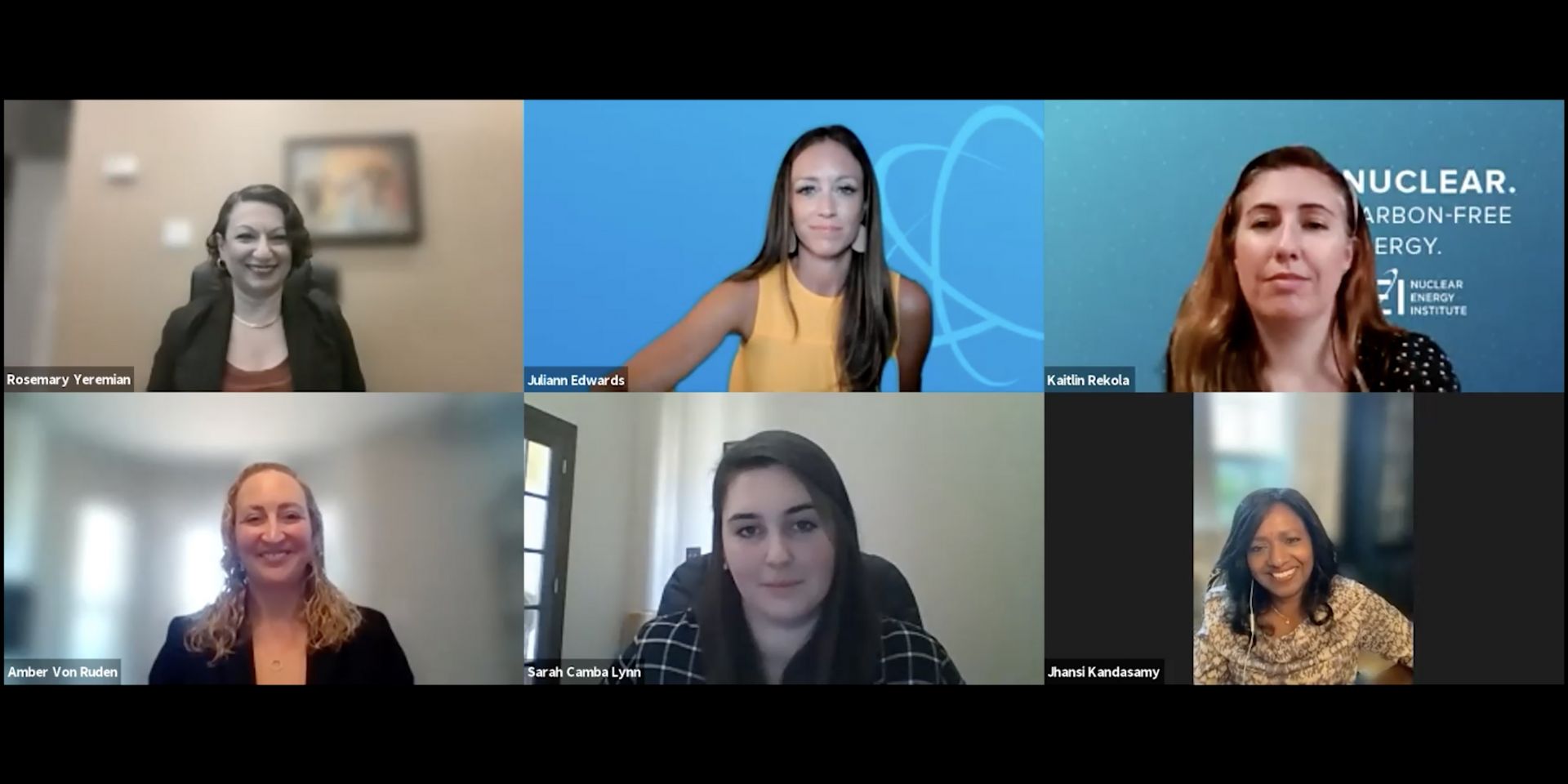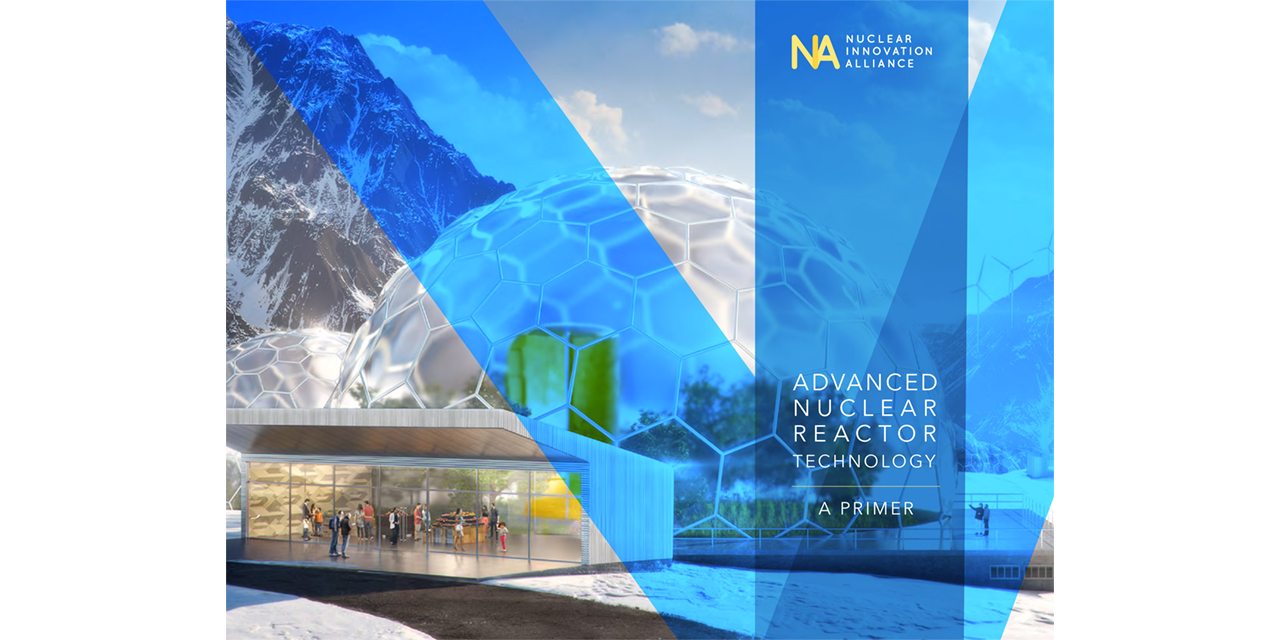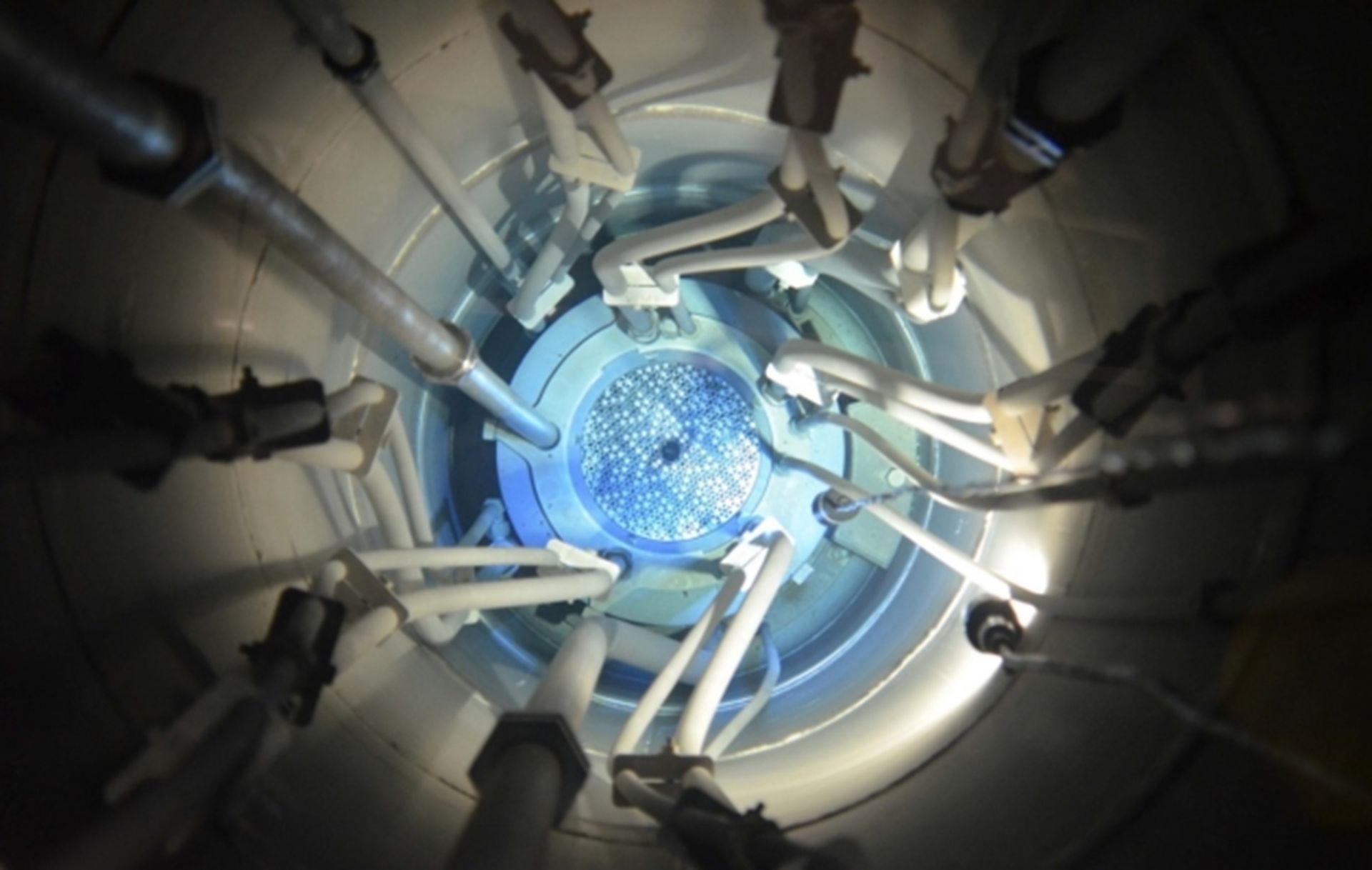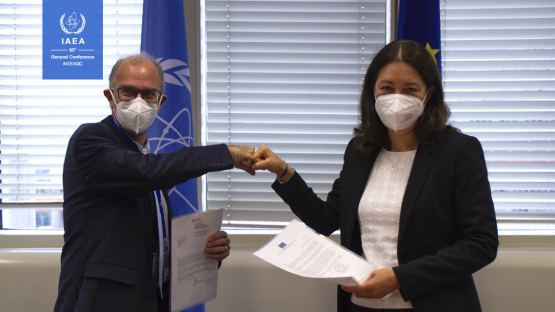Map of the PJM Interconnection territory in dark blue. Image: PJM
A proposal by PJM Interconnection to modify the Federal Energy Regulatory Commission’s contentious minimum offer price rule (MOPR) order went into effect by default on Wednesday after the commission failed to take action on it.
According to a notice from the FERC secretary, “In the absence of commission action on or before September 28, 2021, PJM’s proposal became effective by operation of law. Accordingly, the effective date of the proposed tariff sheets is September 29, 2021. The commission did not act on PJM’s filing because the commissioners are divided two against two as to the lawfulness of the change.”
Workers perform maintenance during Byron’s refueling outage. (Photo: Exelon)
Exelon Generation announced yesterday that it is investing more than $300 million in capital projects at its Byron and Dresden nuclear plants in Illinois over the next five years and filling some 650 vacant positions across the state.
These actions are in response to Illinois Gov. J.B. Pritzker’s recent signing of S.B. 2408, the hard-won legislation that rescued the nuclear facilities from premature retirement.
The St. Lucie nuclear power plant.
Florida Power and Light Company is seeking to keep its St. Lucie nuclear plant in operation into the 2060s, and so far, so good: In early August, the utility submitted to the Nuclear Regulatory Commission a subsequent license renewal application for the facility’s two units, and last Friday, the NRC accepted the application for review.
Explore Kairos Power’s plans in a virtual open house.
By 2030, Kairos Power aims to demonstrate electricity production from a full-scale, 140-MWe fluoride salt–cooled high-temperature reactor, the KP-X. In service of that goal, Kairos plans to demonstrate Hermes, a scaled-down 35-MWth nonpower reactor, in Oak Ridge, Tenn.
Hermes is being built to “prove our ability to deliver affordable nuclear heat,” said Mike Laufer, Kairos Power chief executive officer and cofounder, as he explained Kairos’s plans to the local community during a September 28 webinar now available to view on demand. Laufer took questions, and Kairos took the opportunity to introduce a virtual open house that visitors can tour to view videos and interactive features and even submit comments.
Two battery Megapacks were destroyed in a July fire at Victorian Big Battery. Each battery is about the size of a standard shipping container. (Photo: Country Fire Authority)
Australia’s two large lithium-ion storage batteries are getting attention for all the wrong reasons. Hornsdale Power Reserve, a 150-MW battery collocated with a wind farm in South Australia, is being charged in federal court with failing to deliver on promises to respond to grid demands, and of being technically unable to deliver under the terms it was being paid to meet. Proceedings were filed September 22, just before the testing of a second Tesla-manufactured “Big Battery” resumed after a two-month delay following a fire in July.
The Bruce nuclear power plant in Ontario, Canada. (Photo: Bruce Power)
Bruce Power has received approval from the Canadian Nuclear Safety Commission (CNSC) to begin the production of lutetium-177, becoming the first power reactor globally to commercially produce the medical radioisotope. Isogen, a joint venture between Framatome and Kinectrics, will produce Lu-177 at Bruce’s eight-unit CANDU nuclear power plant in Ontario, Canada, using Isogen’s isotope production system (IPS).
Spent nuclear fuel in dry storage at the decommissioned Zion nuclear power plant in Illinois.
Congress needs to take action to break the impasse over a permanent solution for commercial spent nuclear fuel, according to a report by the U.S. Government Accountability Office. The GAO recommends that Congress amend the Nuclear Waste Policy Act (NWPA) to authorize a new consent-based siting process, restructure the Nuclear Waste Fund, and direct the Department of Energy to develop and implement an integrated waste management strategy.
The GAO also recommends that the DOE finalize the consent-based process it began in 2015 for siting consolidated interim storage and permanent geologic repository facilities. The DOE agrees with that recommendation.
The National Center for Supercomputing Facility at the University of Illinois–Urbana-Champaign, supporting integrated PRA computational platforms created by the SoTeRiA lab. (Photo by UI Public Affairs: Stauffer)
Our next-generation leaders must begin to think more creatively, using risk-informed solutions to ensure safe, resilient, sustainable, and socially responsible technological advancements to usher in an era void of technological accidents. Probabilistic risk assessment (PRA) research and education provide nuclear engineering students with the scientific expertise and viable skill sets essential for meeting the growing demand for risk analysts in nuclear energy domains.
The panelists at the September 22 Empowering Women to Succeed webinar. Clockwise from top left: Yeremian, Edwards, Rekola, Kandasamy, Camba Lynn, and Von Ruden.
Six women who shared personal stories and tactics to help others succeed in their careers in the nuclear field hope they have ignited a conversation that will continue far beyond a single webinar.
“Empowering Women to Succeed” was hosted by the American Nuclear Society on September 22, presented by a group of four nuclear organizations—ANS, North American Young Generation in Nuclear (NAYGN), U.S. Women in Nuclear (U.S. WIN), and the Nuclear Energy Institute (NEI)—which have pledged to work together as #AtomicAllies.
Moderated by Rosemary Yeremian, vice president of corporate strategy for X-energy Canada, who recently published a book titled Step Up: The Key to Succeeding in Male-Dominated Businesses, the panel included five other established and emerging nuclear leaders who spoke about their own experiences in the nuclear workforce and the importance of reflection and self-determination.
Yeremian was introduced by Timothy Crook, incoming chair of the ANS Operations and Power Division, who also coordinated the Q&A session that wrapped up the webinar. If you missed it you can watch the recording now, and be sure to check out this Young Members Group Twitter thread.
The core of SLOWPOKE-2. (Photo: CNL)
Canadian Nuclear Laboratories (CNL) announced on September 23 that it had refueled the SLOWPOKE-2 research reactor at the Royal Military College of Canada (RMC) in Kingston, Ontario. The reactor was recommissioned on September 10 after a 22-day outage.
The EU’s Massimo Garribba (left) and the IAEA’s Lydie Evrard met at last week’s 65th IAEA General Conference to extend a 2013 cooperation agreement. (Photo: C./Silva Villareal)
Some of the major achievements of the nuclear safety cooperation agreement between the International Atomic Energy Agency and the European Union (EU) include more than 100 nuclear safety review missions, environmental remediation at former uranium sites in Central Asia, and more effective radioactive waste management in Africa.
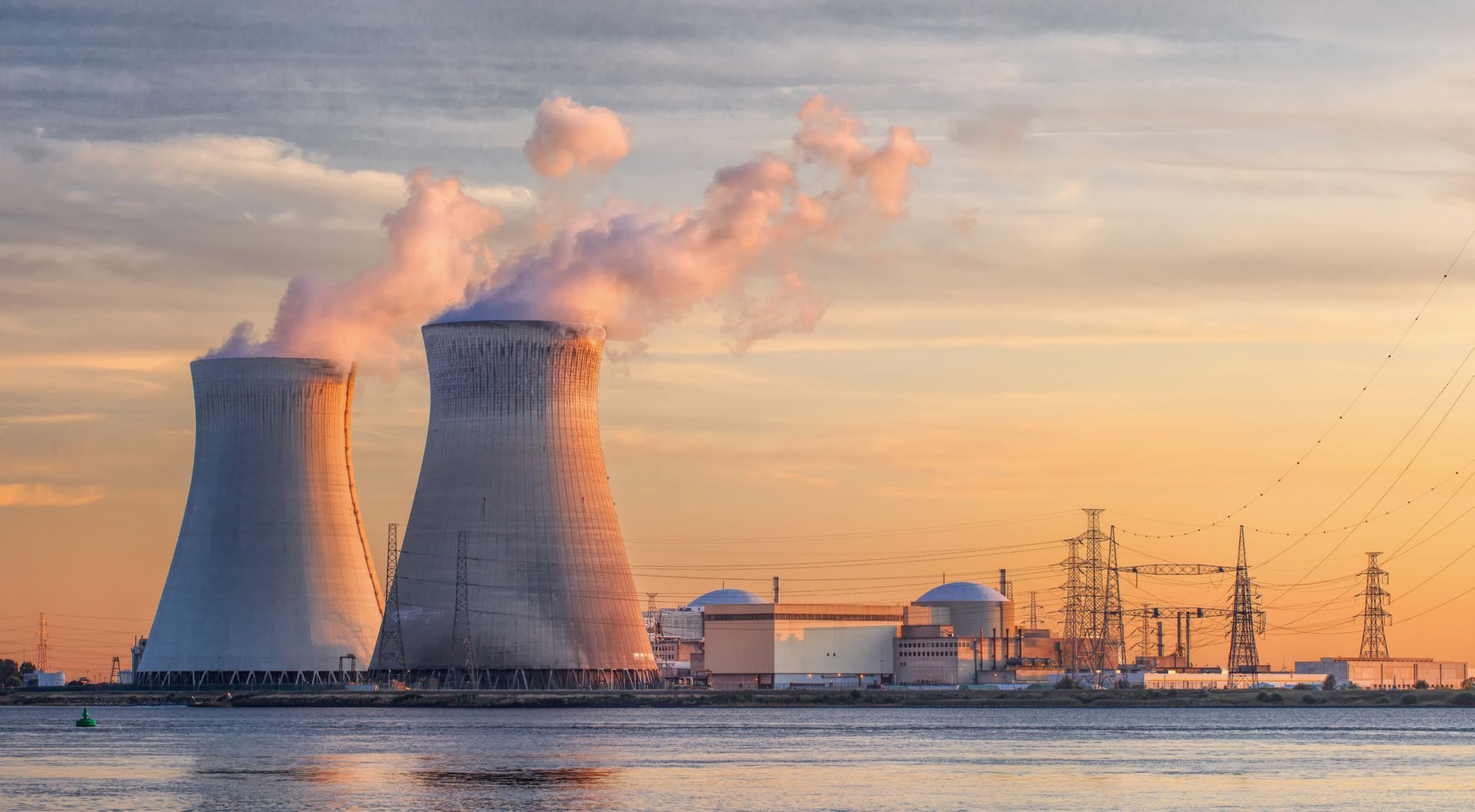




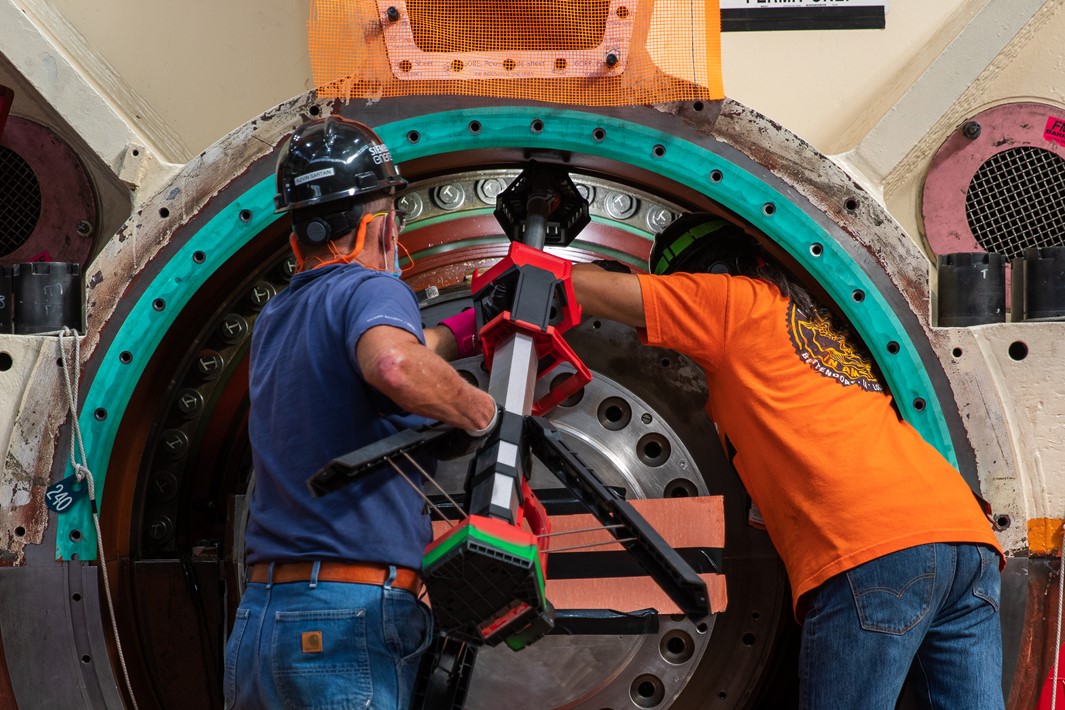
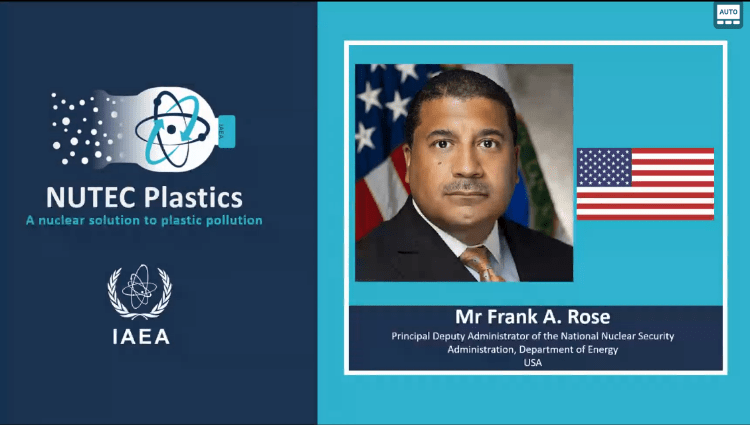
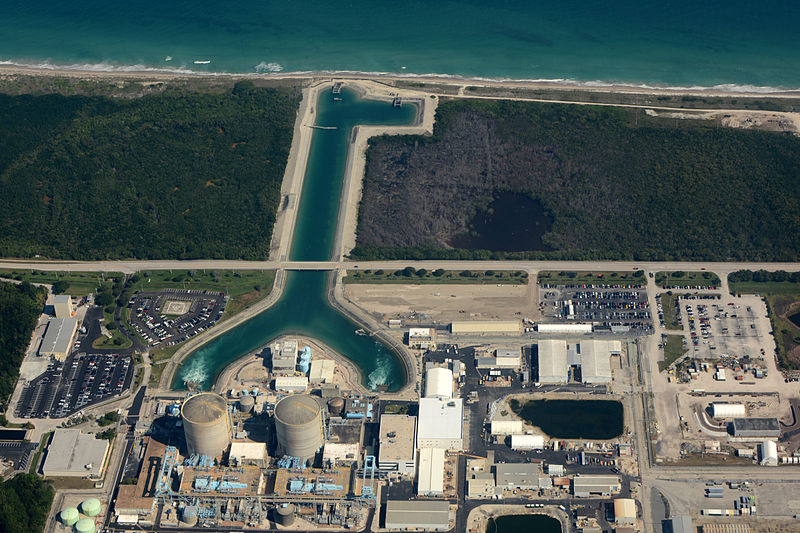

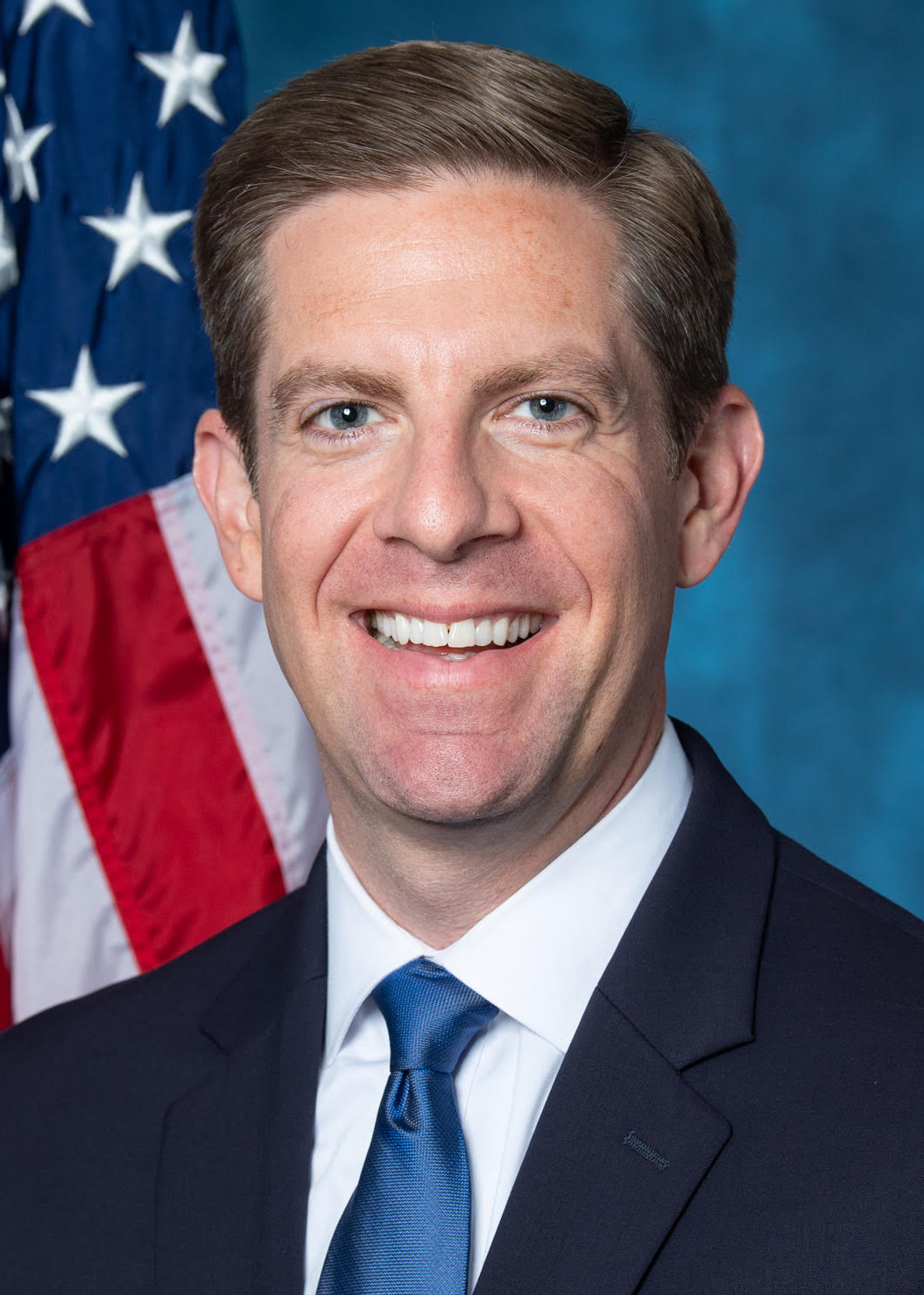
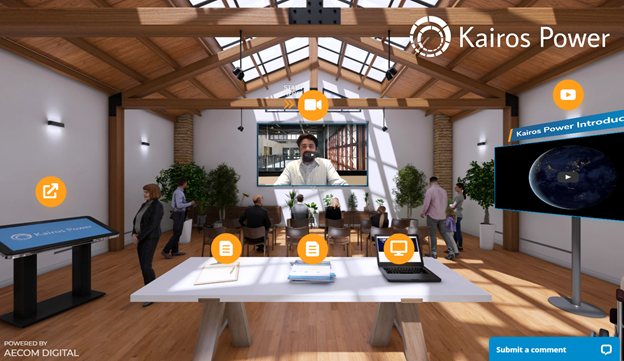
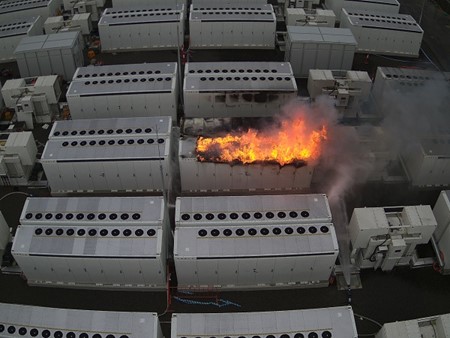
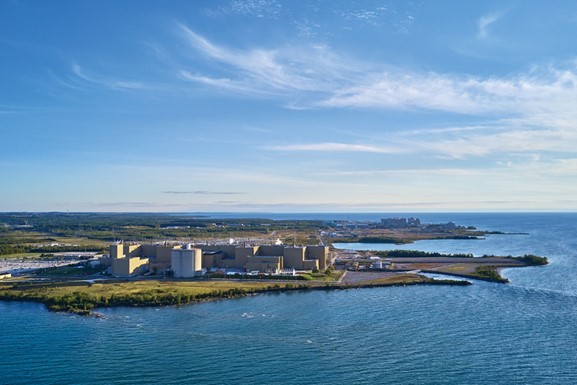
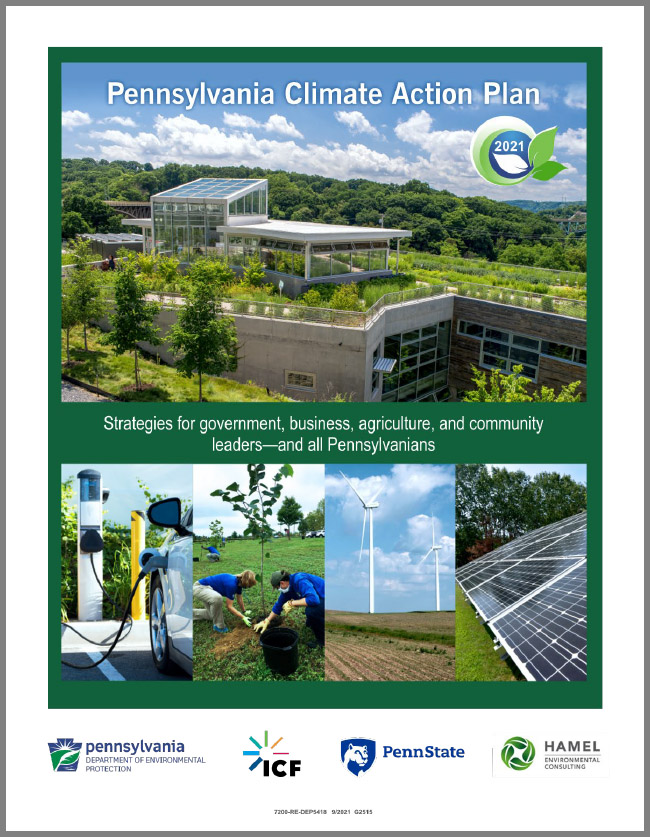 The 2021
The 2021 